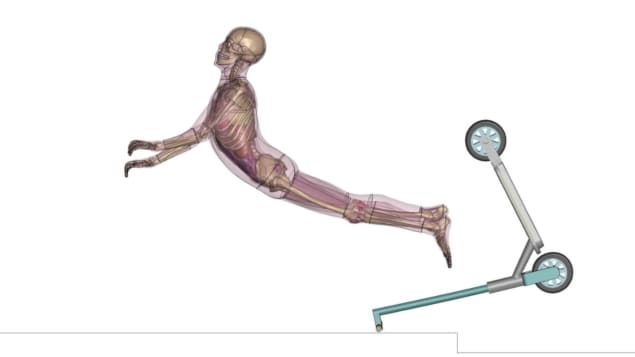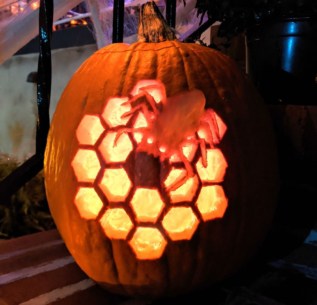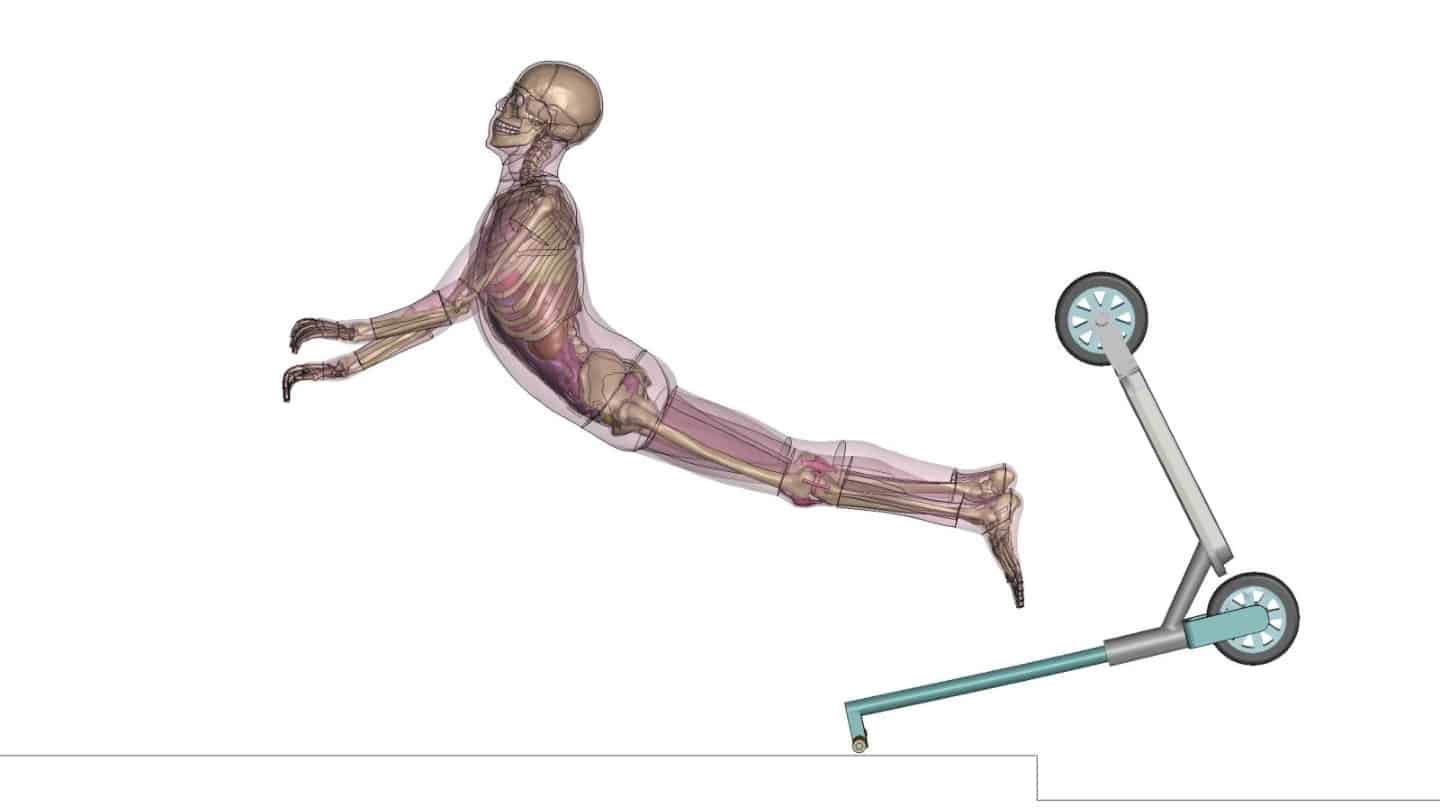
Rental electric scooters arrived here in Bristol a few years ago and I have found them both useful and enjoyable to ride. One thing I try to do is wear a helmet, because I am conscious that an accident could have dire consequences, even if Bristol’s e-scooters are limited to 25 km/h. Now, researchers in Germany have used a crash test dummy to show just how dangerous e-scooter accidents can be.
Matthias Boljen and colleagues at the Fraunhofer Institute for High-Speed Dynamics in Freiburg looked at accident scenarios where an e-scooter crashes into a kerb at several different angles and at speeds up to 30 km/h. Not surprisingly, they found that the dummy was catapulted over the e-scooter’s handle bars – flying through the air for several metres (depending on the speed) and landing with a thud.
Serious injuries
The research – which also included finite-element computer simulations – showed that collisions can result in serious injuries, even at 10 km/h, which was the lowest speed tested. What is more, there was a significant danger of head injury in all of the tested scenarios.
While the team suggests that some injuries could be avoided by wearing a helmet and other protective gear, Boljen says “no helmet can prevent the accelerations acting on the head in the event of a direct impact; they can only reduce some components of these to a certain extent. Strictly speaking, the risk of traumatic brain injury exists whether the driver wears a helmet or not.”
I wear my bicycle helmet when I take out an e-scooter, but according to this study that does not afford enough protection for higher-speed collisions. This is because the EN 1078 European standard for bicycle helmets applies to speeds up to about 20 km/h. So maybe next time, I will pass on an e-scooter and walk instead.
But it’s not all bad news, because other researchers at the institute are developing hi-tech materials for helmets and other safety gear. You can read more here.

Pumpkin season has almost arrived in the UK and so what better way to celebrate the harvest than to create your very own James Webb Space Telescope (JWST) inspired carving. For the past few months, the JWST has been sending back spectacular images of the cosmos and now NASA and partners have released four designs that all feature the telescope’s iconic 18 hexagonal segment mirror. The pumpkin templates were made by Leah Hustak and instructions come in English and French. The easiest one to carve is a simple outline of the telescope itself while perhaps the spookiest – and most difficult to do – is the “Spider Webb” design that features a large spider crawling across the mirror.
